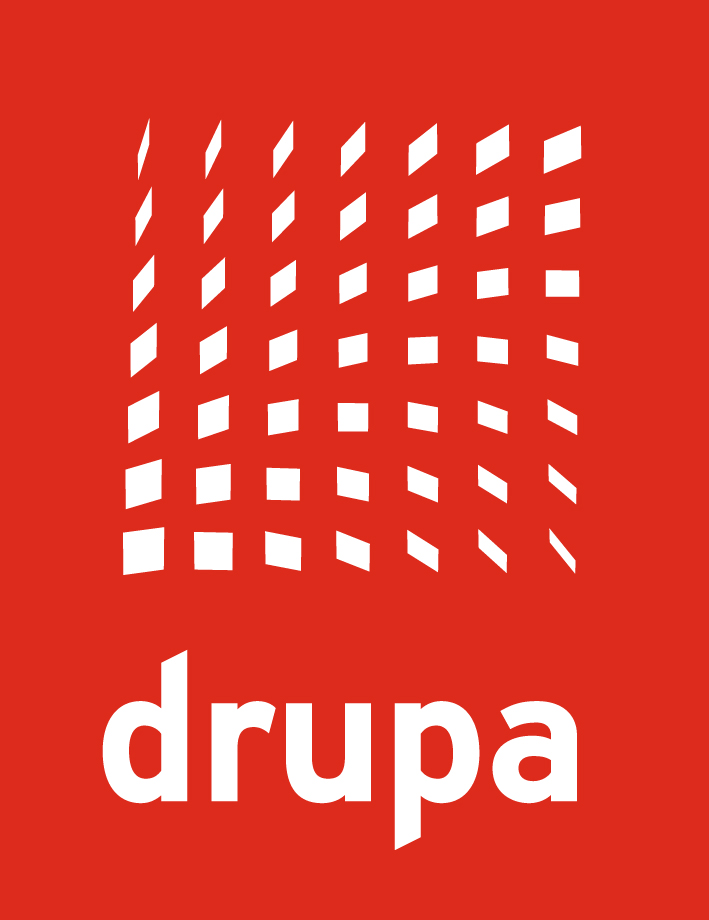Commercial printing in India: toil and trouble
Time:2017-09-12 From:

Speaking to one of the leading printers in the country reveals that amongst the large commercial printers who are located mostly in urban centers, there is considerable stress—turnovers of major printers are likely to be flat or decline for the second year consecutively. Nevertheless, while some have invested in specialized equipment for higher value addition and finishing and binding equipment, many others have invested in digital printing.
It must also be noted that several large printers who have made considerable capital investment in plant and machinery are in serious trouble—either suffering from strikes or shutdowns because of increased expectations by employees; lack of compliances and governance; and, finally from financial insolvency. Although instances of this kind are normal and to be expected in any business environment, the print industry is mostly owner managed, small and medium in scale and largely secretive. Since commercial print businesses are not yet accustomed to the normal financial and business processes of industry, these stories are difficult to properly research and report without prejudice.
Press imports flat
Nevertheless, new multicolor sheetfed presses, which are one bell-weather of the health of commercial printing, continue to be imported and are being installed although the GST instituted on 1 July 2017 has meant a very small number came in during July. Installs have picked up in August. The 2015-16 financial was a peak year with more than 90 new multicolor sheetfed press installations (including roughly 30% for the carton printing sector), according to IppStar’s continuing research. This number declined by 15% in the 2016-2017 financial year and the number is likely to be similar in the current financial year from 1 April 2017 to 31 March 2018, according to IppStar’s* current estimates.
The GST benefit
The new GST regime has actually brought down the cost of buying or importing a multicolor offset press. While the customs and other tariffs were earlier effectively in the range of 27.5%, the new effective rate is about 27.115%, which includes 7.5% customs duty plus a 3% cess on customs duty which makes for 7.725% and then 18% IGST on the total amount of 107.725 for a product that would cost 100. The 18% or 19.39% of the basic value can be reclaimed or adjusted against taxes that would have to be paid on billing to print buyers. Thus, after reclaiming or adjusting the 18% or effectively 19.39% IGST, the net outgo of tariffs can come down to the customs duty plus cess of 7.725%. To avail the new rates has required some legal wrangling in the initial stages but the new IGST rate of 18% has been established by offset press importers.
The catch is that there is an initial outgo on tariffs, which can only be adjusted or reclaimed against bills later on, which requires better cashflow management. This has impacted the printers who imported presses earlier against the Export Promotion Credit Guarantee (EPCG) scheme wherein they were able to adjust the entire 27.5% tariff against their ostensible print exports over eight years. Now it makes little sense to avoid a net outgo of 7.725% tariff for onerous obligations to export over eight years. While GST is not expected to affect the organized printers, the changes brought about by the new tax regime have impacted some of the smaller printers who were purchasing presses under the EPCG scheme.
The churn to smaller cities
The churn in commercial print expansion is coming from the smaller cities and big towns that earlier had in the main relied on second-hand presses. Now, a new modern and automated press has become a differentiator in these markets where commercial printers can even charge a premium for high quality and timely local supply to a print buyer who earlier had to travel a few hundred kilometers to go to a larger printer. In the past years the majority of new multicolor offset presses have been coming to smaller cities and towns such as Panipat, Meerut, Surat, Vadodara, Jodhpur, Kochi, Vijayawada and Guwahati. Thus, there is still profit in these cities outside the 20 major cities and clusters in commercial printing for those printers who are ready to invest in new presses. They often buy a 5-color press or a press with a coater and this put them in a league of their own where they are able to take advantage of the efficiency and economy of a new press with superior technology and automation.
However, there is also the possibility that with only a net outgo of 7.725% on both new and used imported presses, many printers will reconsider higher quality imports of used machines. With many highly automated presses available of relatively recent vintage around the world, the choice of a fully loaded long press with automation that has been well maintained could bring a revival to the quality used press market in the country.
News Source:Indian Printer & Publisher
Written by Naresh Khanna

